Weeds
Here are some pictures of a few of the weeds found around Boise Heights neighborhood. Ada County designated noxious weeds should be removed to prevent their spread. Noxious weeds should not be composted but thrown in the trash.
Puncture Vines a.k.a. Goatheads
Considered a noxious weed.
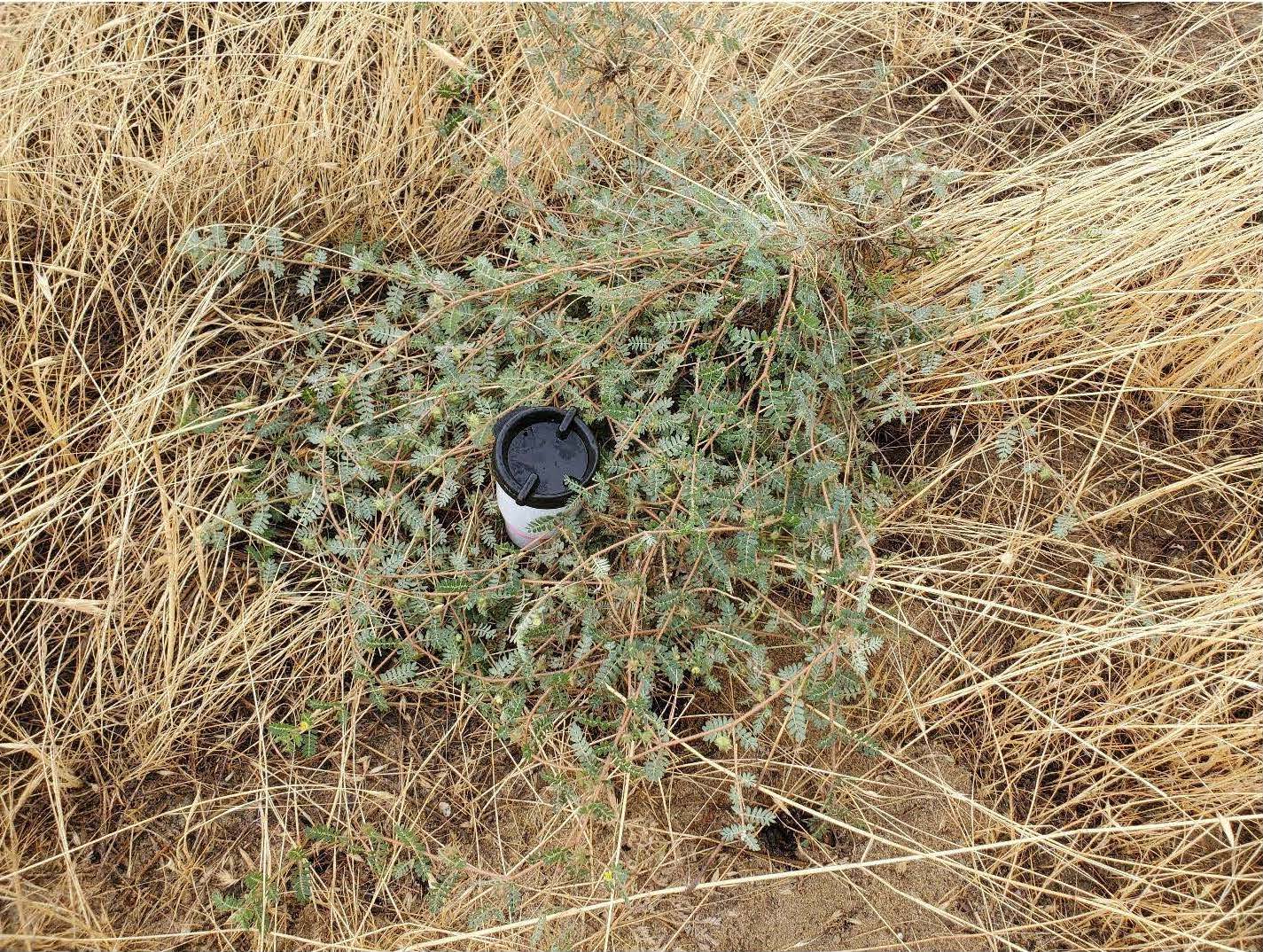
Mature goathead with coffee cup for scale. Usually don’t see them this size until July. And they keep getting bigger and bigger as the summer wears on. But if it is a really dry summer, or site, they will stay relatively small and still go to seed.
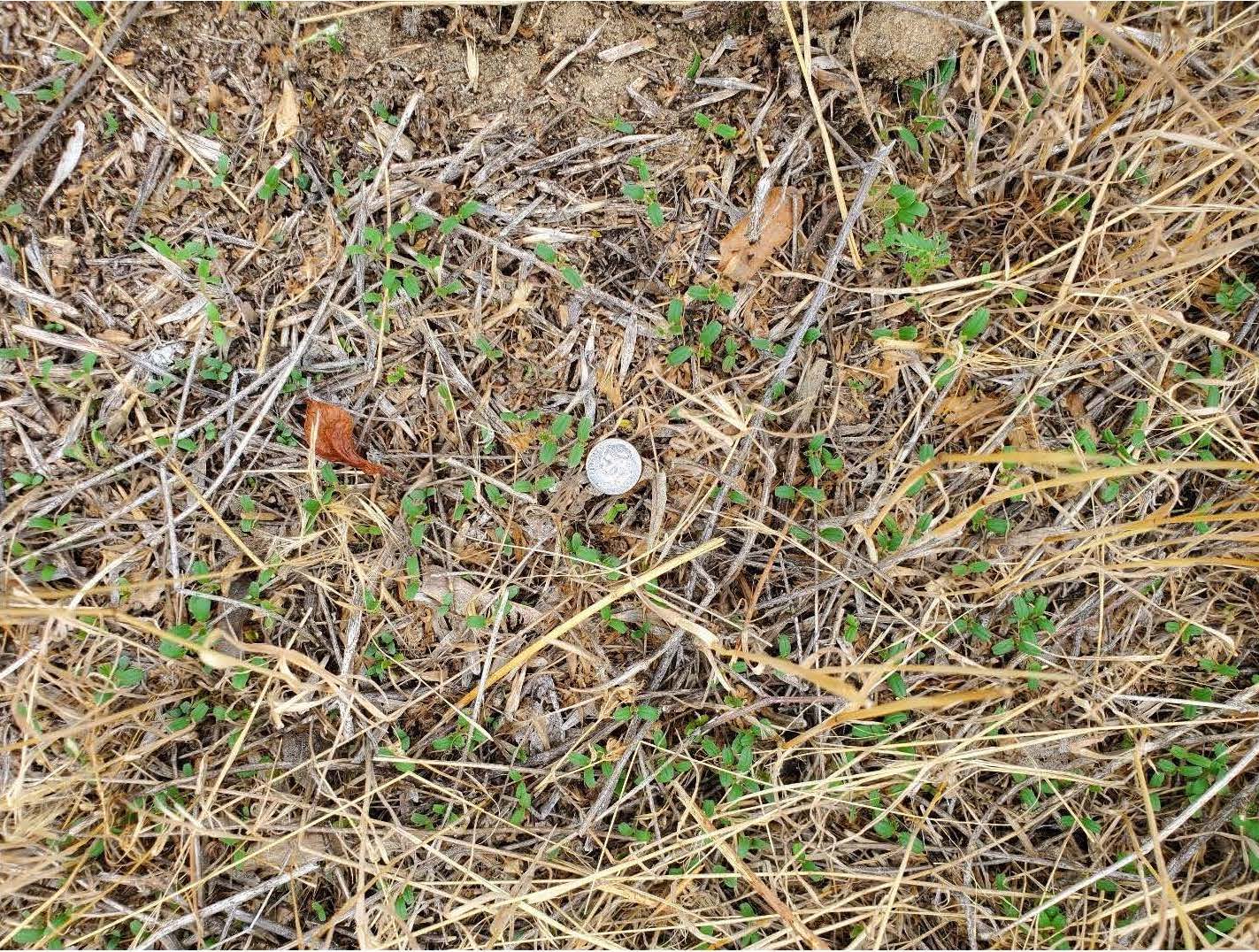
Goathead seedlings on “Nemesis flat” (empty lot on right as you ascend hill on West Crestline Dr.). Easy to dispatch at this size. These emerged within days of a late July rainstorm in 2021.
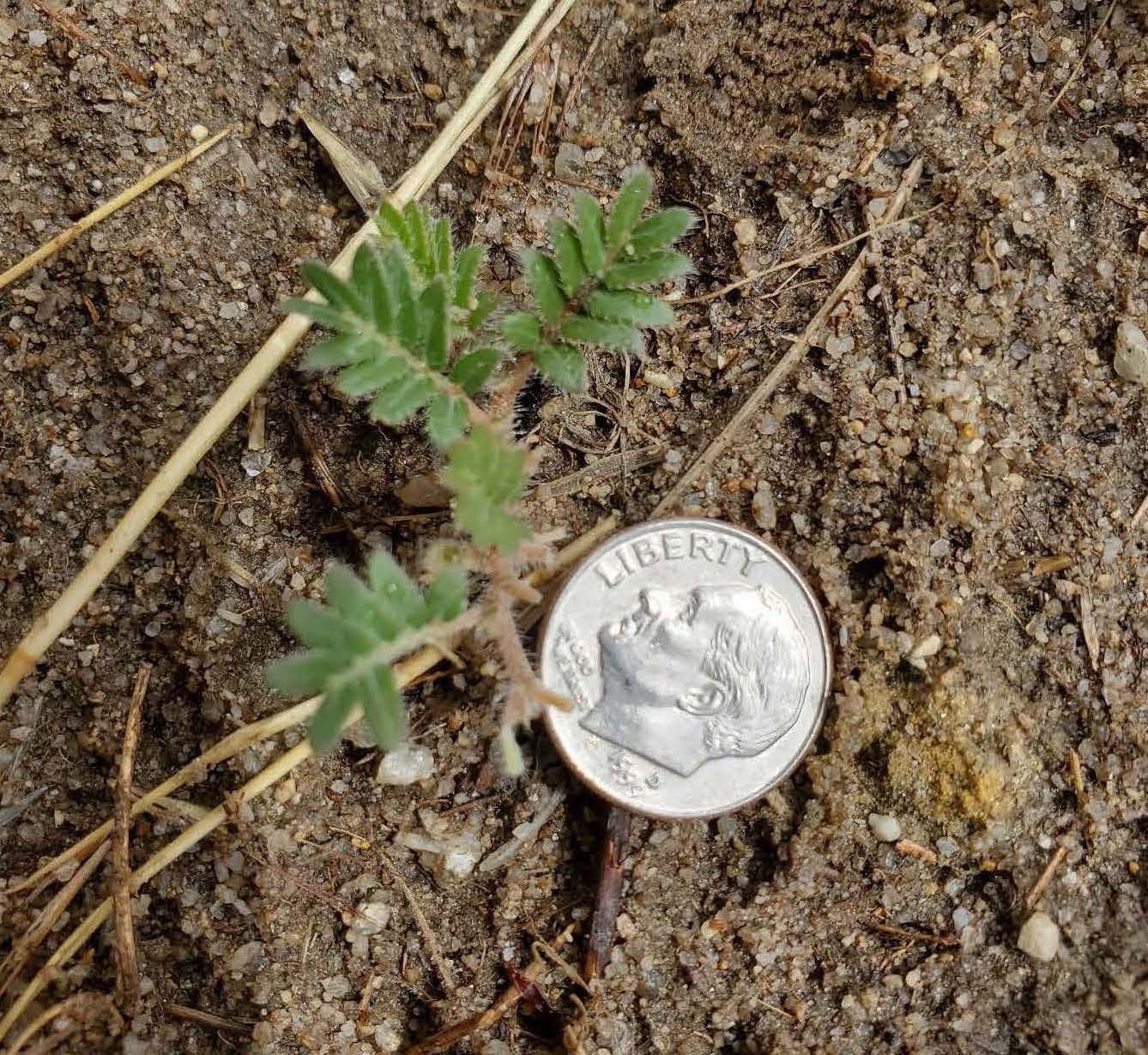
Goathead seedling found on 10th of June. Takes several days in the 80’s before goatheads sprout. Easy to pass up at this size, but they grow fast and by July will be easy to spot.
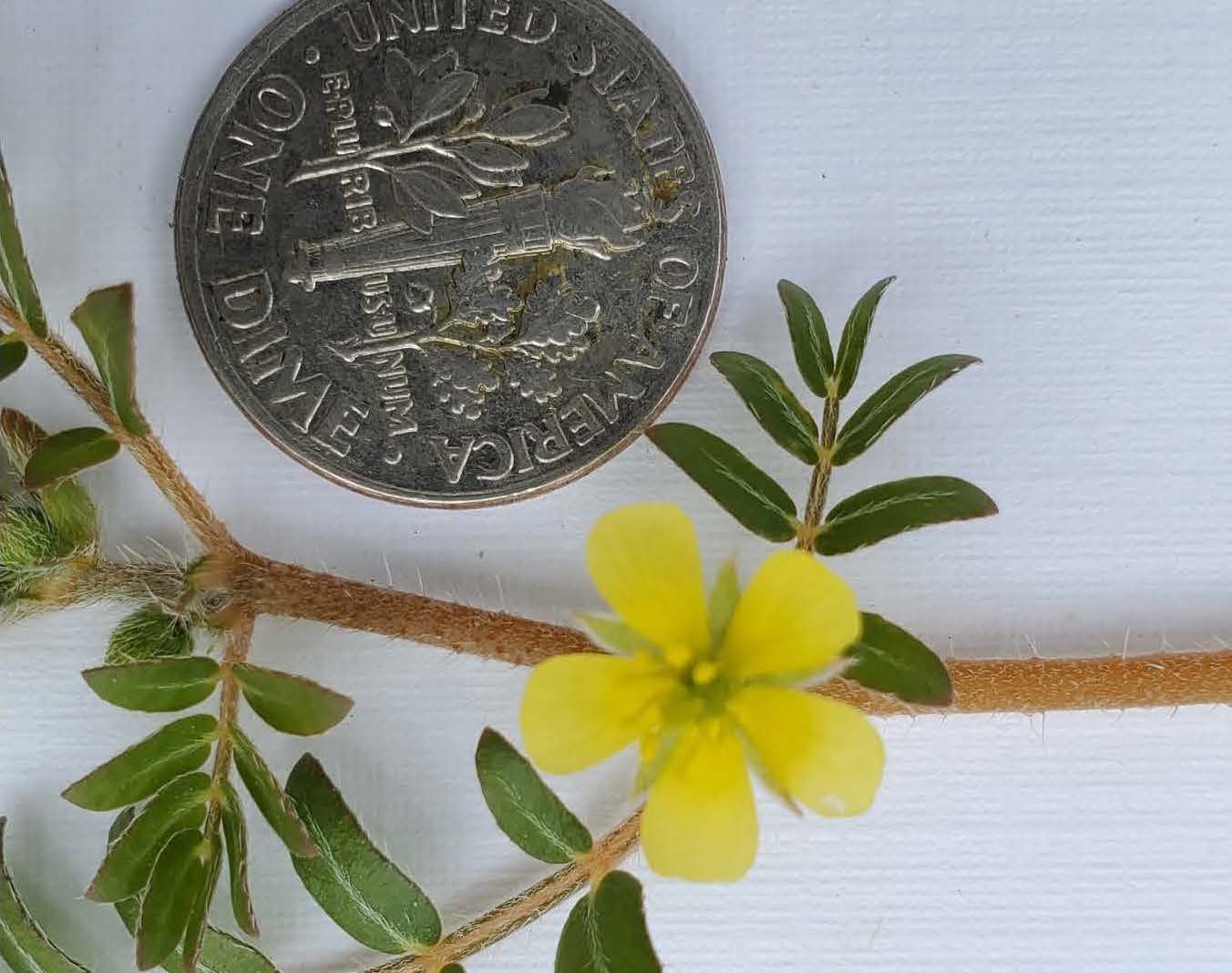
Close up of small yellow flowers of a goathead, flower parts in fives. Compound (divided leaves), and prostrate (flat along the ground) growth habit are characteristic as well. Also have a deep central taproot.
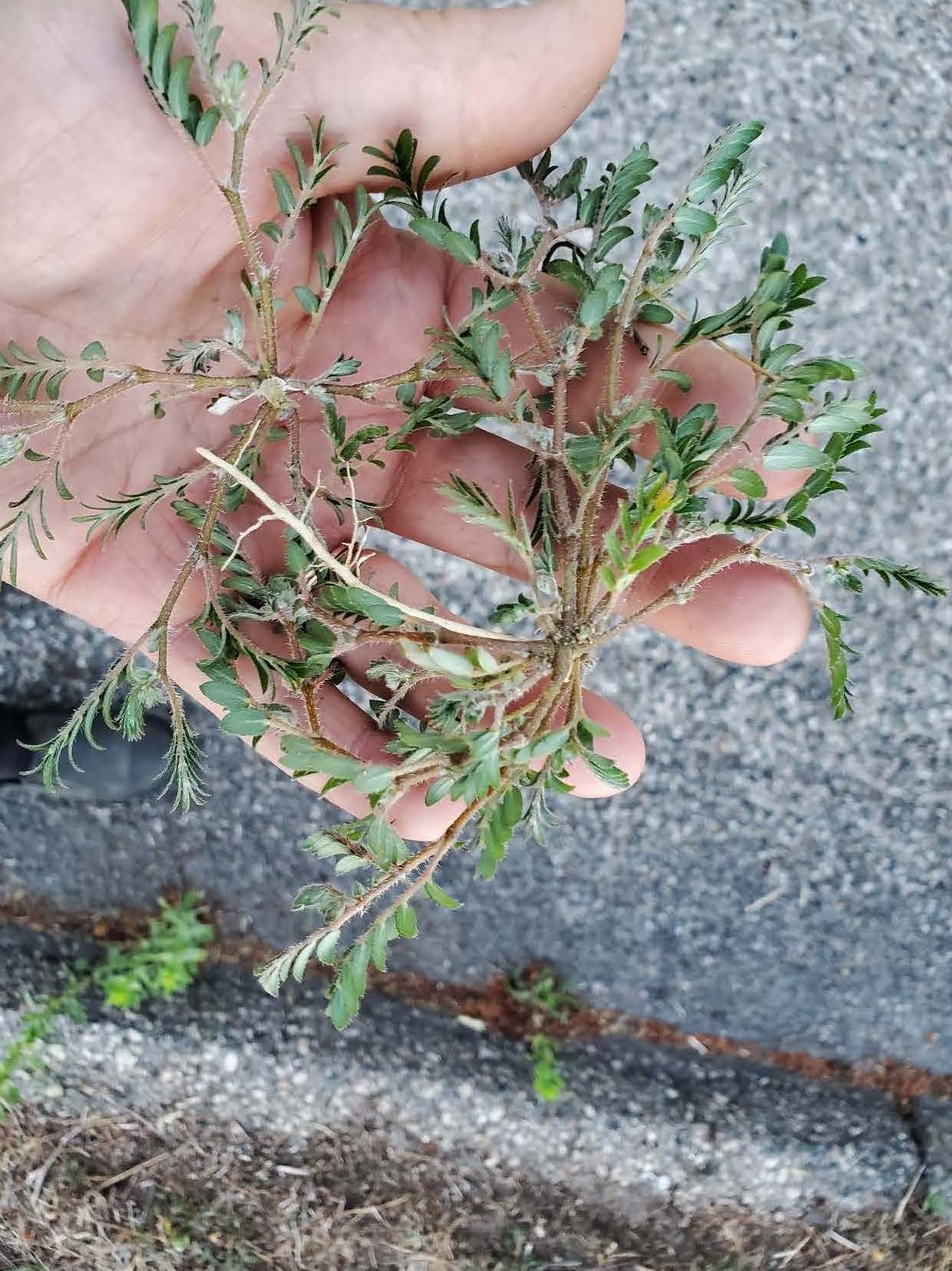
Small plants showing taproot (light color).
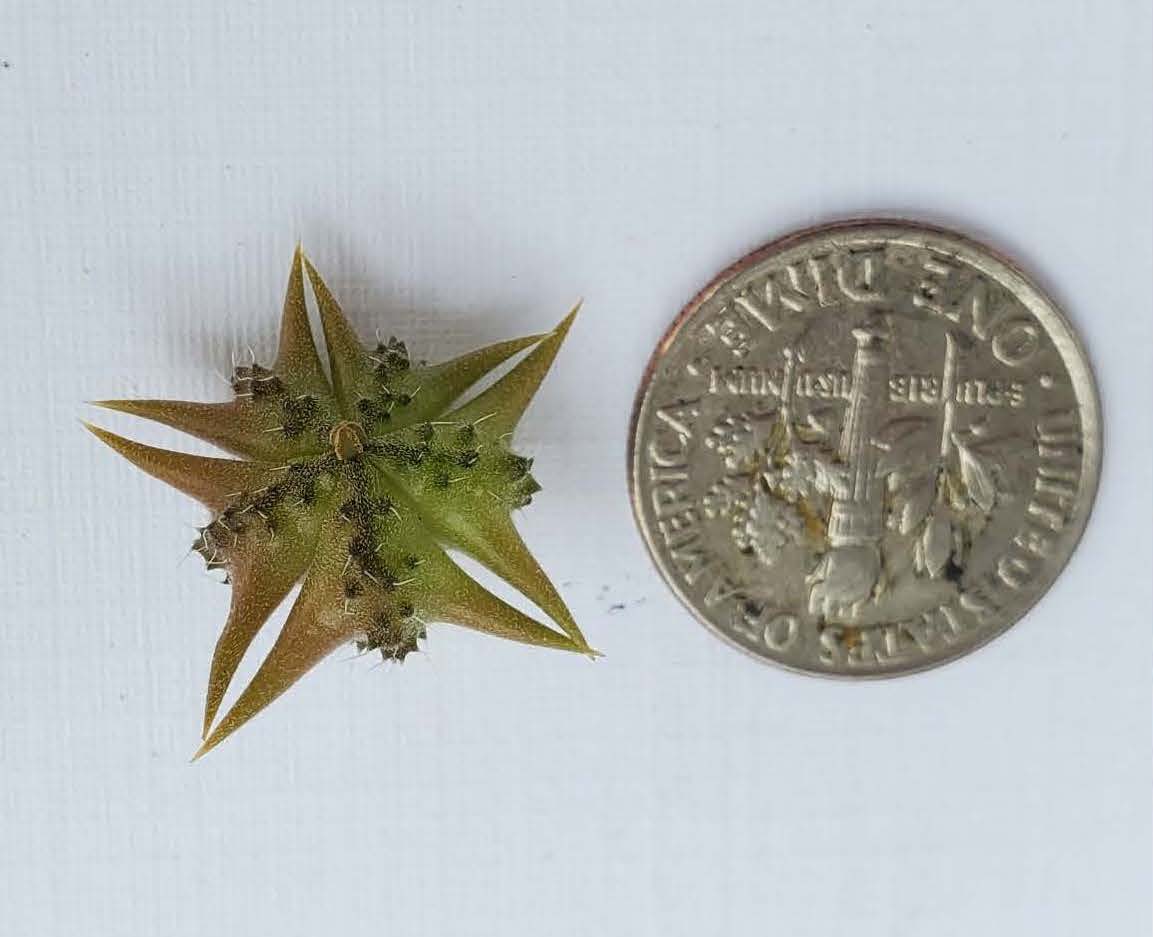
Namesake seedhead. This one is still green. When they dry out, they easily fall from the plant and separate into individual, tire puncturing “goatheads”. It is best to dig plants up before they go to seed. By August, you will find them in seed, and then they must be gathered up and disposed of in the trash. Wear gloves.
Myrtle Spurge a.k.a. Donkey Tail or Euphorbia
Not listed as a noxious weed, but Myrtle Spurge is toxic.
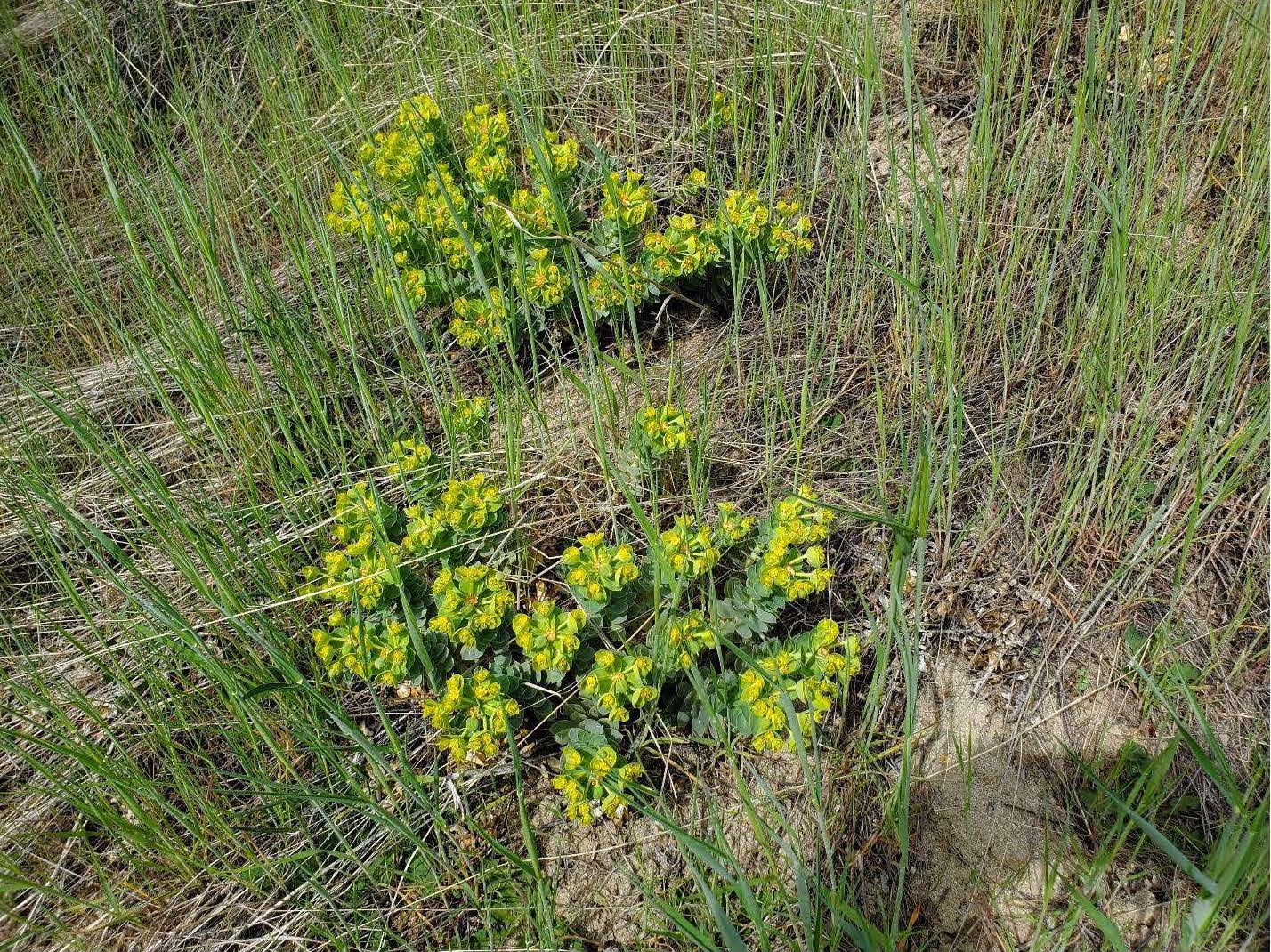
Myrtle Spurge. A toxic invasive species. Once sold in nurseries, it is now recognized as a noxious weed in several adjacent states to Idaho. Plant has a milky white sap that causes contact dermatitis – a skin rash that can blister and cause scaring. Sap in the eye can cause blindness. Be sure to wear gloves, long sleeves and pants, and wash up after you handle this plant. See here for more information: Myrtle Spurge Brochure Final.pub (wa.gov)
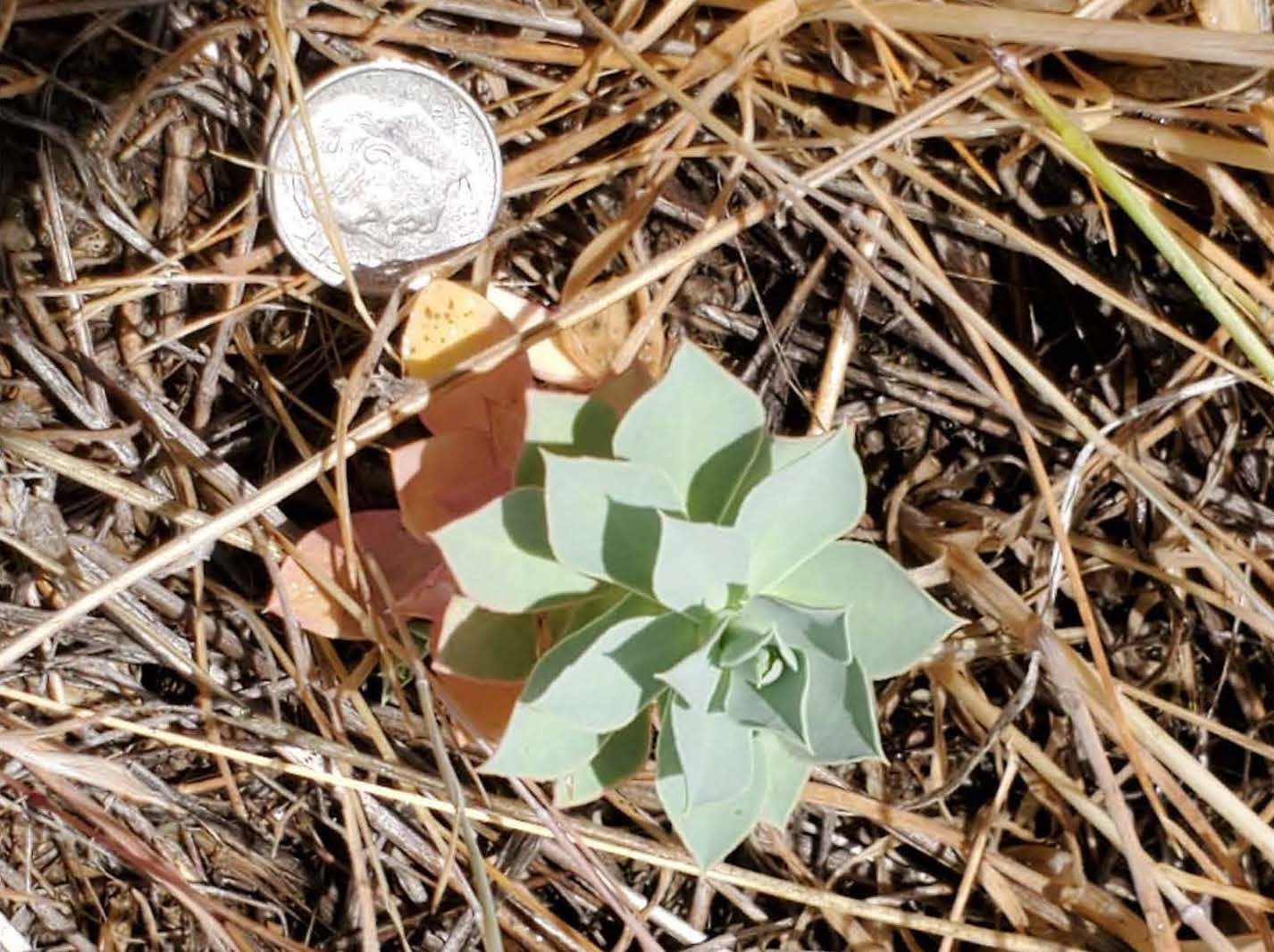
A baby Myrtle Spurge plant. Best to pull them at this stage. You still should wear gloves and wash your hands afterwards.
Whitetop or Hoary Cress
Considered a noxious weed.
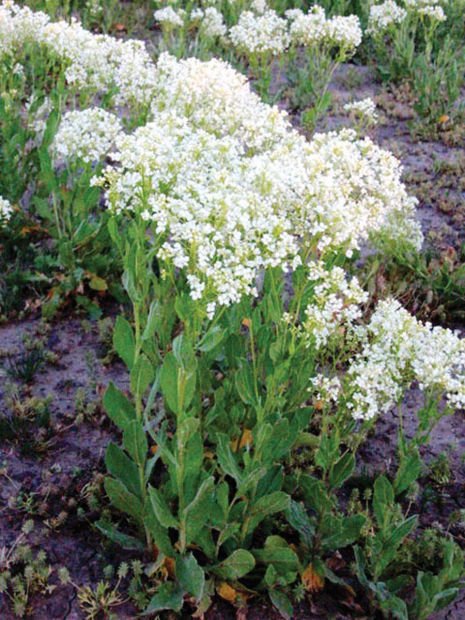
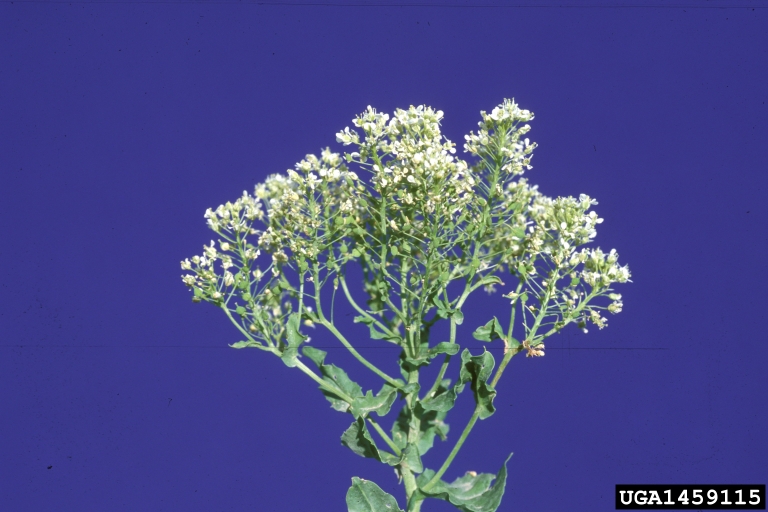
Rush Skeleton Weed
Considered a noxious weed.
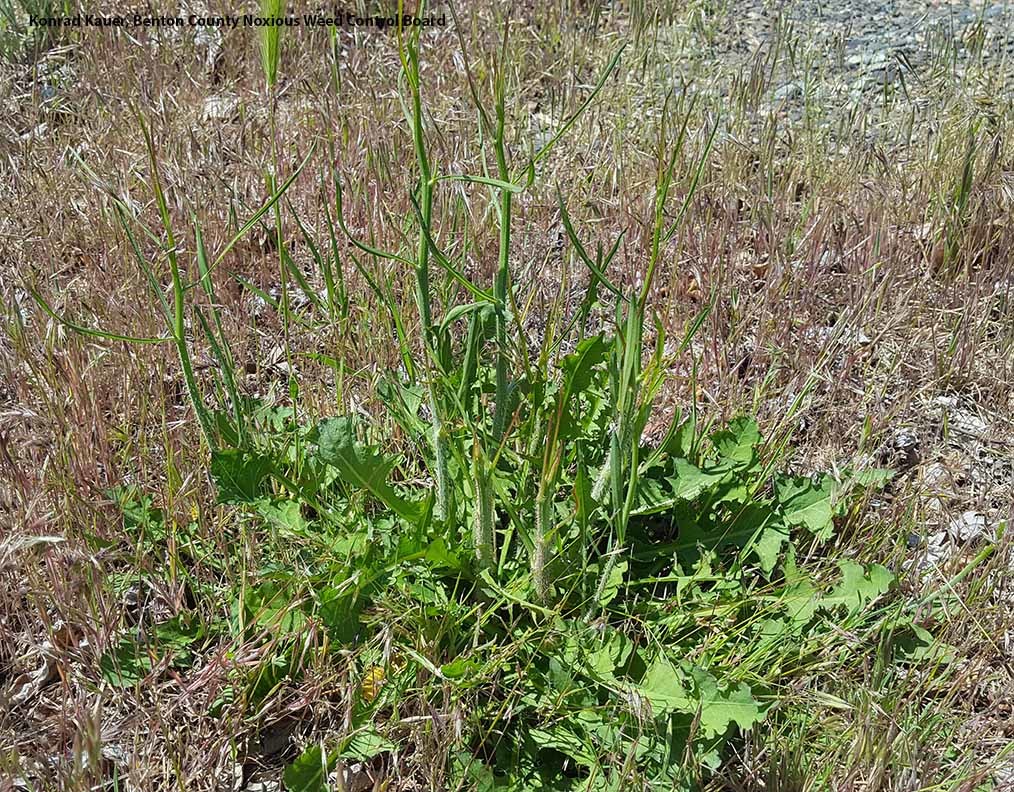
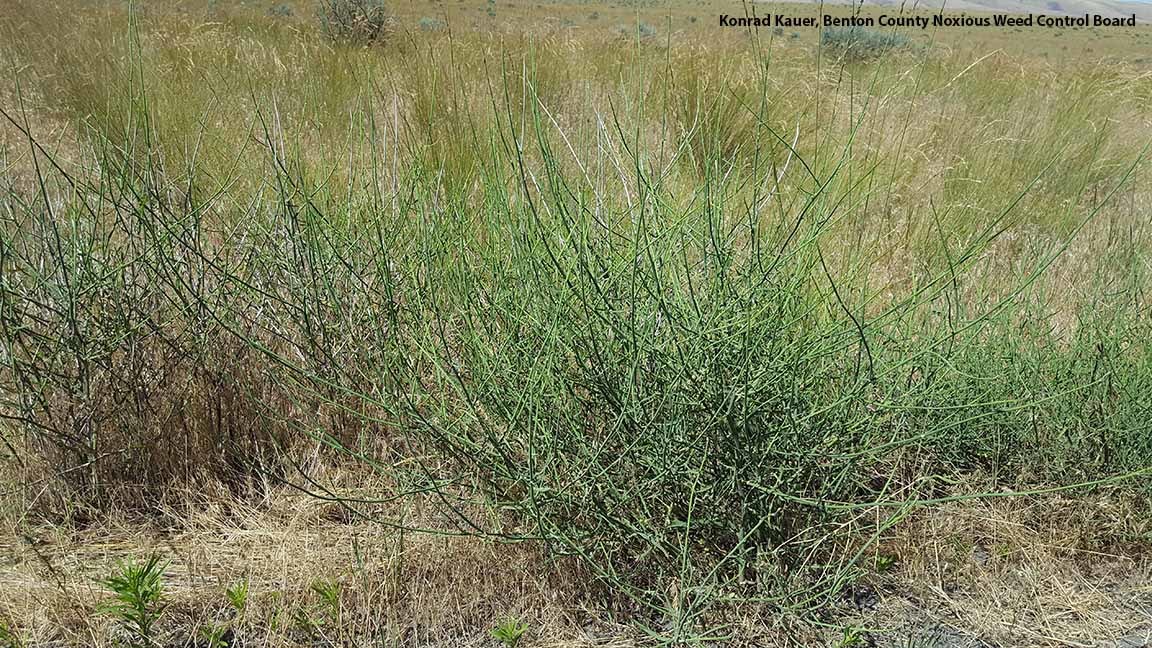
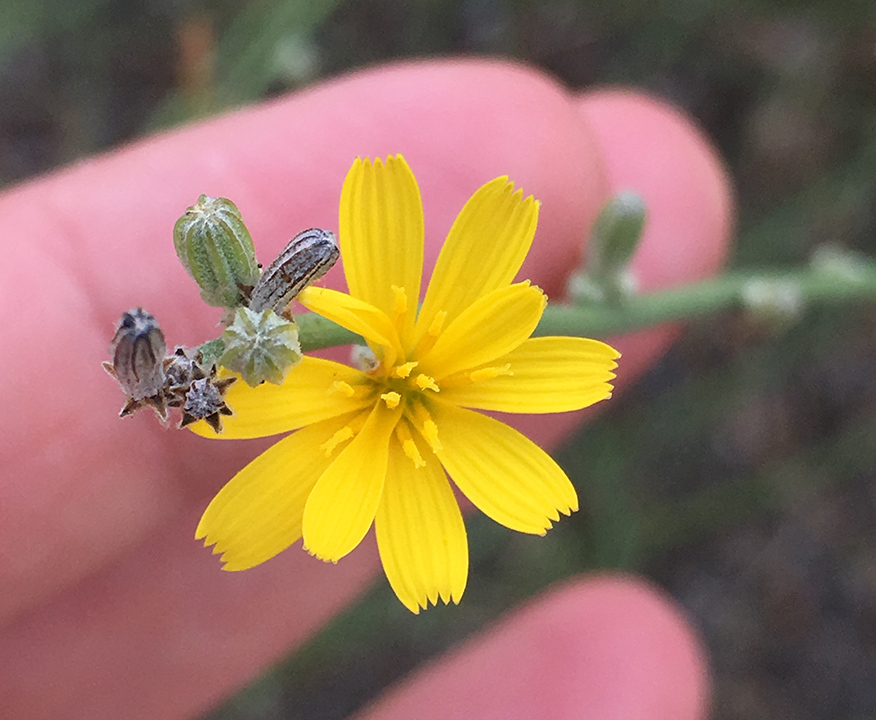
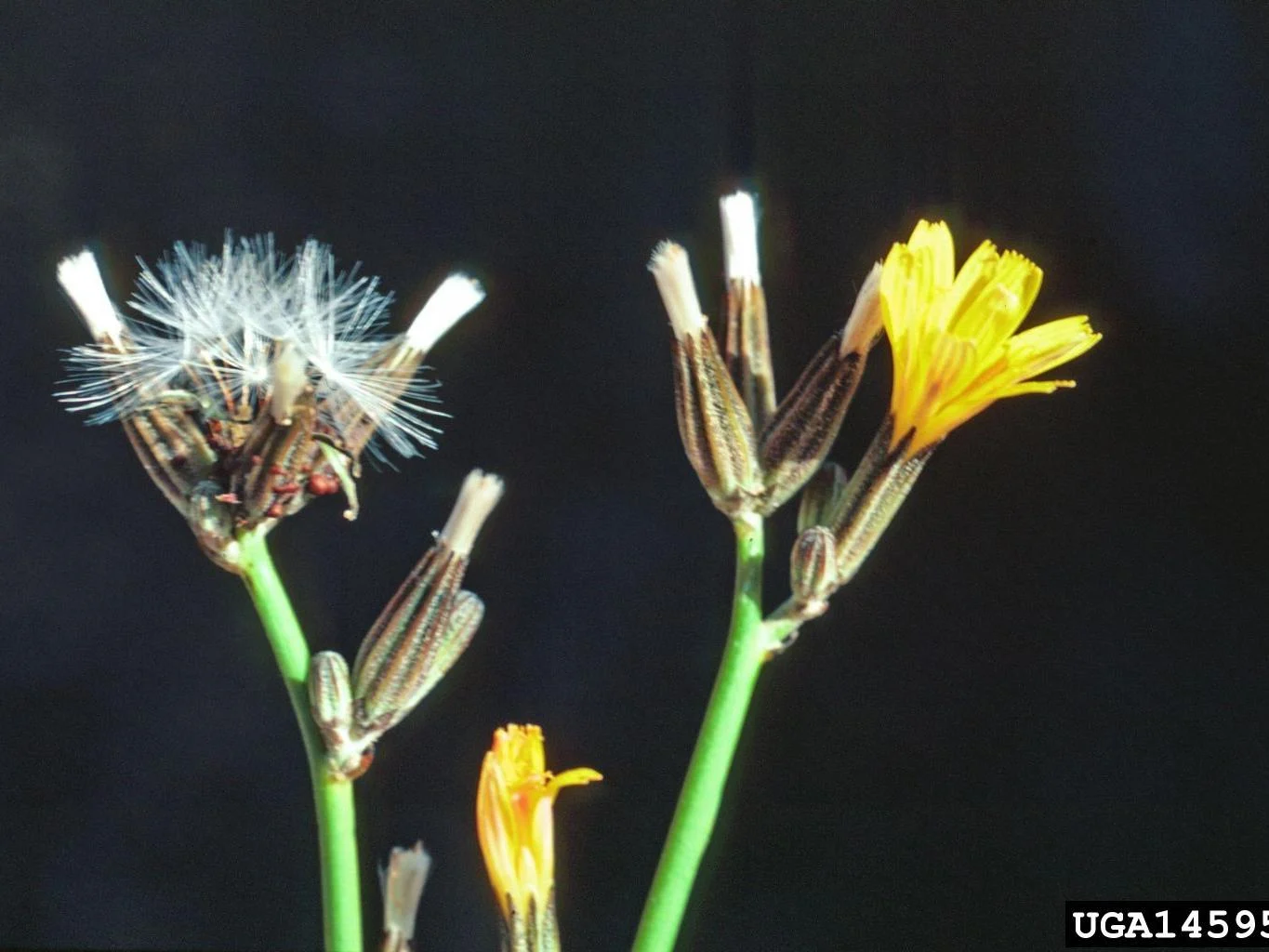
Curly Cup Gumweed
Not a noxious weed.
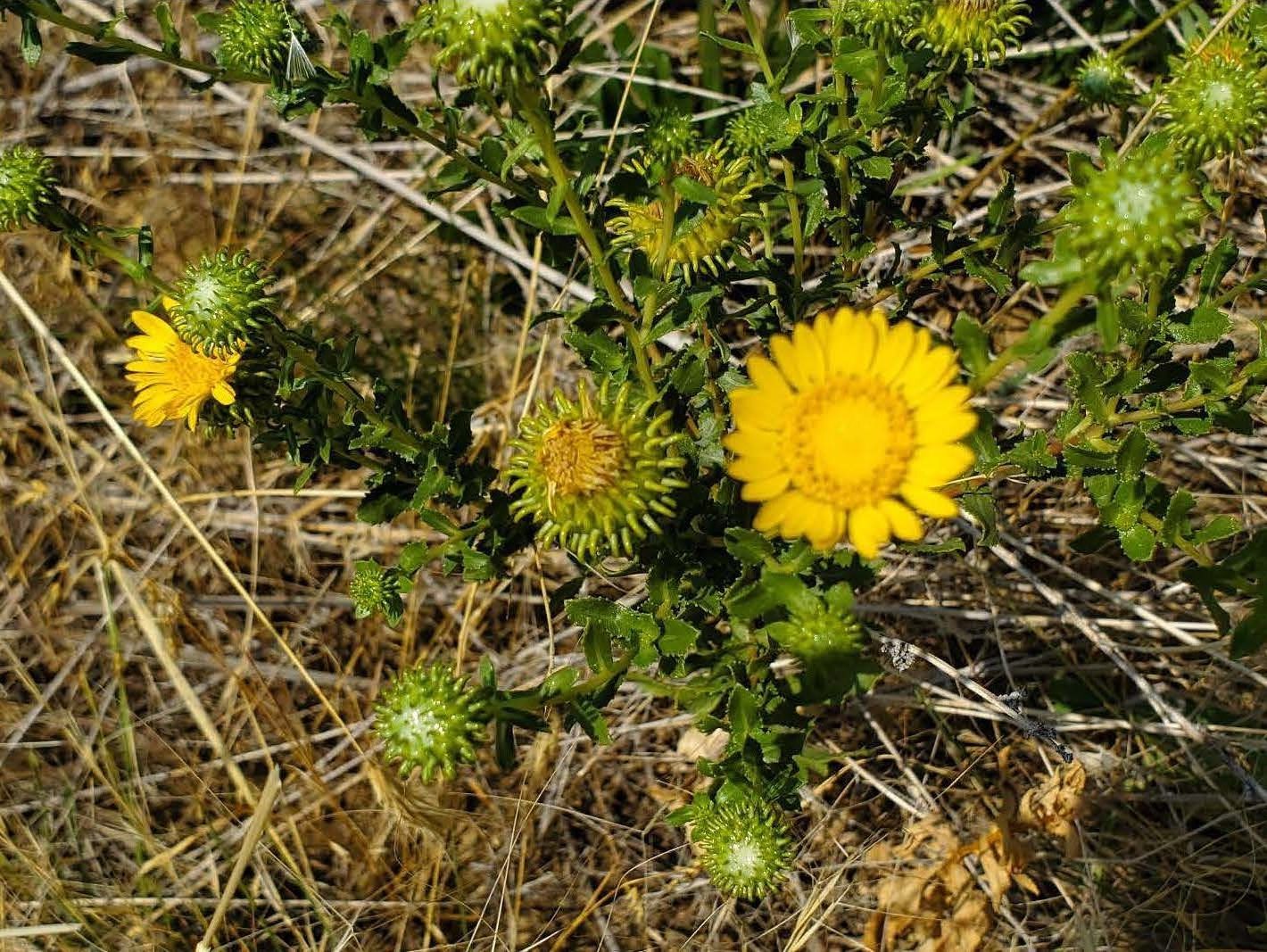
Curly cup gumweed. Despite the name this is a native plant that belongs in the Boise foothills, it is NOT a weed. The flower buds and seed heads are characteristically sticky. I include it here because I have seen people pulling it up, perhaps mistaking it for yellow star thistle, a nasty, spiny invasive species that grows further north in Idaho. Please don’t pull up curly cup gumweed